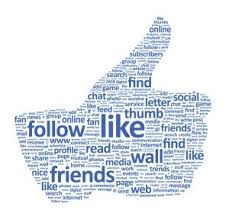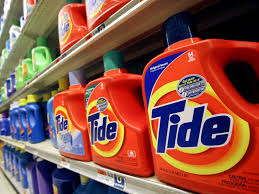
Having a rigid, formal context in regards to dress-code and behavior in the workplace has both benefits and drawbacks. A formal approach to dress can create an environment of implied professionalism that encourages workers to stay on task. It also gives the impression that employees take their work seriously. A formal attire, it can be argued, is better than casual clothing in that it offers little to no distraction. A casual attire, on the other hand, can provide a relaxed and comfortable work situation where creativity is more likely to occur. Yet, this relaxed dress-code can also lend itself to relaxed attitudes towards the work itself, which could result in poor performance, tardiness, etc.
I do not think there is a “one size fits all” answer to this problem. In certain job situations, a formal attire is obviously the better choice. You would not want a Doctor, for example, to perform surgery in a Hawaiian t-shirt and sandals. The dress code should reflect the seriousness of the job being performed. Dressing in a suit implies a level of seriousness towards the work being done. It also presents an image of professionalism to the public. Therefore, in certain jobs like programming or software design, it makes little sense to have to wear a suit and tie to work, especially if these employees have no physical contact with clients. Employees in fields such as this would most likely benefit from a more relaxed dress code as it would be conducive to creative work output.
Much like everything else we have discussed throughout this course, the decision should be heavily informed by the audience in their work situation. Will the employee be in view of customers or clients? If so, it would probably be better to have some sort of standardized dress-code. If the job being performed mainly creative in nature? If so, it would most likely be beneficial to allow a relaxed and informal dress-code.











